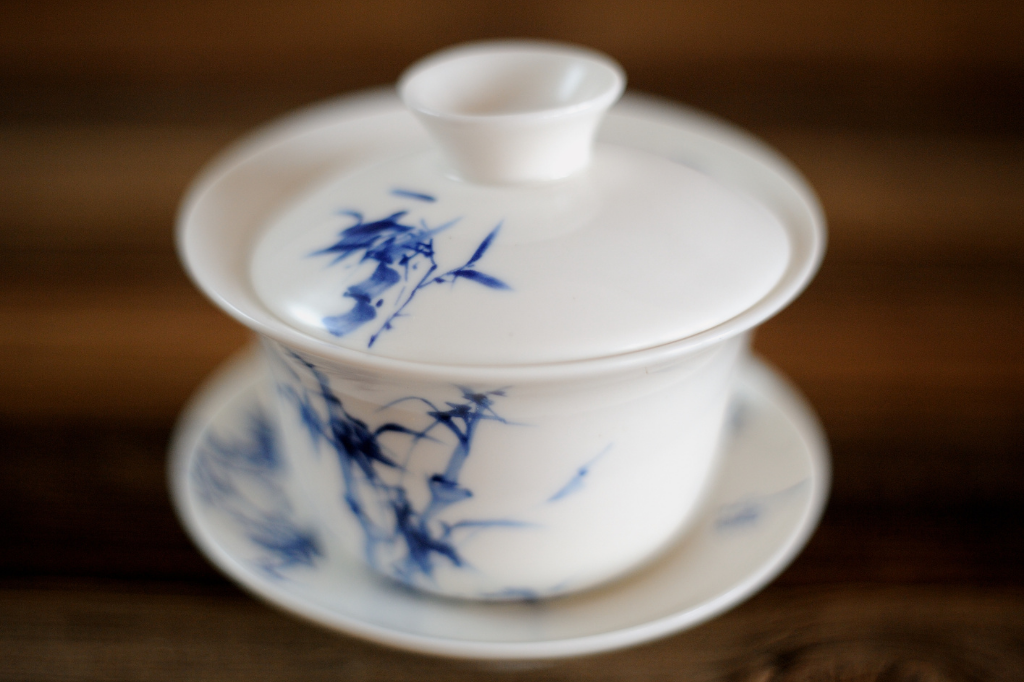As one of the six major types of tea, dark tea is quite popular with the tea-drinking community all over the world. However, it’s important to select the best ones to get the most out of the experience, flavor, and health benefits. That might be easier said than done, as the stores offer a wide variety of dark tea’s which are not all of good quality. This article gives insight into how to select distinguish the good ones from the bad by using all your senses.

First of all, dark tea consists out of all fermented tea kinds, so it’s not to be confused with black tea. Examples of dark tea are Ceylon Tea, Lapsang Souchong, and Yunnan Tea.
Selecting the best quality, starts with how the leaves were processed; the dry tea leaves should have been compressed into bricks that were fully intact, and black with a fine gloss. As a result of this fermentation process, beautiful patterns of gold flowers are created on the tea leaves by the Eurotium Cristum – a probiotic fungus. Look for the beautiful flower pattern, and you know you’ve picked a good one.
A second criteria for a good quality dark tea, is the scent and taste, as it comes with a special aroma of fermented sweet wine. A clear and pure smell, that shouldn’t be mixed. This also comes back to the fermentation process; the longer the leaves have been fermented, the stronger the aroma. Hence, good dark tea speaks for itself by the aroma of the leaves, after adding the hot water.
Last, the color of the tea after making it, tells you a lot about the quality. Did it turn dark red? Time to go back to the store, as that is a sign of impurity. Superior dark tea should – contrasting to it’s name – be clear bright orange or yellow.
Finally, it’s time to taste. After taking one sip you know if you picked the right one. Good dark tea shouldn’t taste sour, making your mouth contract. It should flow smoothly on your tongue and taste mellow.








